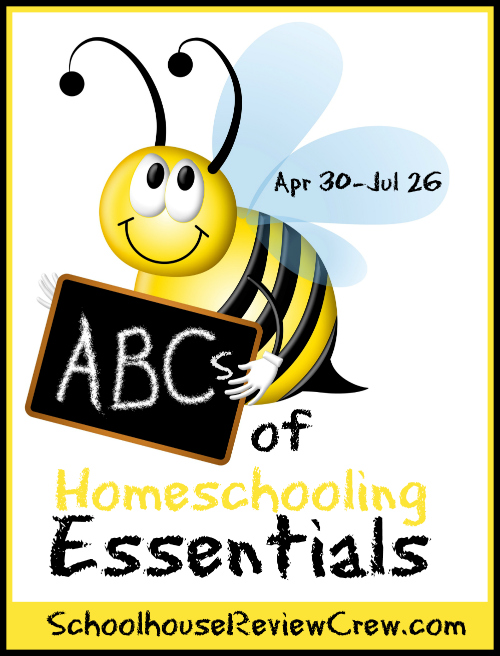Writing is important to me. It’s important to my husband. As writers (me as a blogger, my husband as a published author), we wanted to pass along this skill to our children. In order to be a strong writer, one must have good grammar. An understanding of the English language is essential for anyone to become a good writer. It could be argued that an understanding of English is good for anyone who speaks it, regardless of their chosen profession.
Why is good grammar important? Simply stated, because it will help you look good in later life. If you have to do any kind of writing at all as an adult – ranging from reports for your boss to the novel you always wanted to write – knowing the rules of grammar is vital. You don’t want to turn in that report with bad grammar. You don’t want your book to get bad reviews due to poor grammar. And as parents, we don’t want to subject our children to that possible embarrassment either.
Now that we’ve explored the importance of grammar, the next question is, “how do you teach it?” There’s really no right answer to that question. You can buy curriculum from a trusted company, you can keep it casual and point out good grammar in the books you read, or you can write your own program. I’ve tried a couple of different options in our years of homeschooling, and my favorite is the “find and correct” method. Introduce the concept to your student (one or two per week is sufficient), and give them an incorrectly written sentence. Have them fix the sentence using all of the things they’ve learned and then rewrite the sentence correctly on a separate sheet of paper. This is what we do with my children, and it really works. They don’t love it, but they’re learning a lot. And the best part is, the concepts they’re learning are sticking and being applied in their other subjects.
A good way to start grammar instruction early on is by introducing literature to children at a young age. In our family, we read a lot of good books to the children as toddlers. When they hit school age, we start with grammar fairly young. A lot of families don’t do this, but we do; it’s that important to us. At the younger ages, it doesn’t have to be intense, so don’t stress over it. Simply introducing the different kinds of words (nouns, verbs, and adjectives in the beginning) in English is a good place to start. Follow that up with the concept that a sentence is a complete thought (subject and verb, at the least), starts with a capital letter, and ends with an ending mark (usually a period, but sometimes a question mark or exclamation point). That’s all that’s required from a lower-elementary student.
As your child enters the upper elementary years, add in more types of words – adverbs, prepositions, helping verbs. This is the time to teach proper comma and quotation mark usage as well.
My children aren’t past this stage yet, so I can’t comment too much on what to do after that. I can say that it’s important for children of all ages to continue learning and practicing grammar all throughout their education.
Remember, the way I do it isn’t necessarily the right way for you. As with all things in homeschooling, experiment until you find what will work. But don’t ignore grammar and hope your children will pick it up on their own or that they don’t need it. Neither of those are reasonable expectations.
Finally, I want to tie the idea of grammar into writing. They’re nearly synonymous, but not quite. One can write without being good at it. I’ve seen this over and over in my years as a writer-slash-copy-editor. Writing, especially creative writing, is the fun part of grammar, so don’t ignore it. Invite your children to write things that interest them. Have them start a journal, create a short story, or write an essay (informative or persuasive) on a topic that’s important to them. Whatever they do, make sure they use good grammar concepts appropriate for their age. This is the best way to ensure that the grammar you’re teaching them is being moved into their long-term memory. Make sure your children are using their grammar skills in subjects outside of “grammar class” for the best chance of solidifying their understanding and reception. The last thing you want is for the information to become compartmentalized, which is why both grammar and writing are crucial. The most important thing to remember is to work at your child’s level. Make it as fun as possible. Your child will thank you for it.
Wendy is a homeschooling mom of three boys, ages 11, 8, and 2. She loves making things, especially quilts and crocheted hats. She blogs about exploring simplicity in a family setting, crafting, books, and homeschooling at Ladybug Daydreams.

